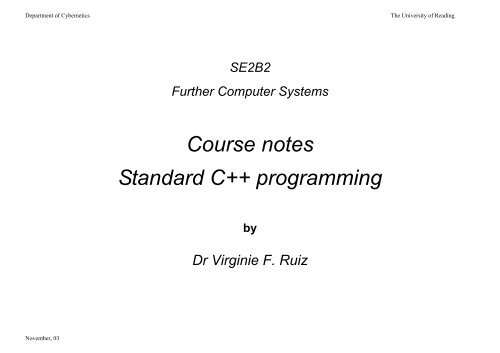

Specifically, lecture capture is increasingly becoming popular all across the globe ( Stokel-Walker, 2019). Educators are urged to reflect on why students should be attending the face-to-face sessions, and thereafter also watch the recorded lectures.ĭigital technology has been making rapid inroads in curriculum design.

This would ensure that they make the most of the technology. On the practical front, students should be explicitly told about the benefits and the drawbacks of lecture capture. Future research needs to reconcile students' perception of lecture capture, instructors' perception of lecture capture, and the reality of lecture capture. Apparently, the assumption among most students is that lecture capture is helpful for learning, and among staff is that it takes a toll on attendance. The literature includes two overarching research streams: While one focuses on the benefits of lecture capture, the other focuses on its drawbacks. In terms of methods, descriptive and exploratory research dominates the research landscape while causative evidence is relatively limited. In contrast, the most studied non-STEM subject area is Business/Economics/Management. The most studied Science, Technology, Engineering and Mathematics (STEM) subject area in the sample is Biological Sciences. The systematic review revealed that most research focused on university education in the US, the UK and Australia. Hence, the goal of this paper is to clarify the literature on the use of lecture capture in higher education through a systematic review, which involved 71 articles that came from Scopus and Education Resources Information Center (ERIC). Scholarly interest on the topic is also on an upward trajectory. The use of lecture capture has been burgeoning in the higher education sector.


 0 kommentar(er)
0 kommentar(er)
